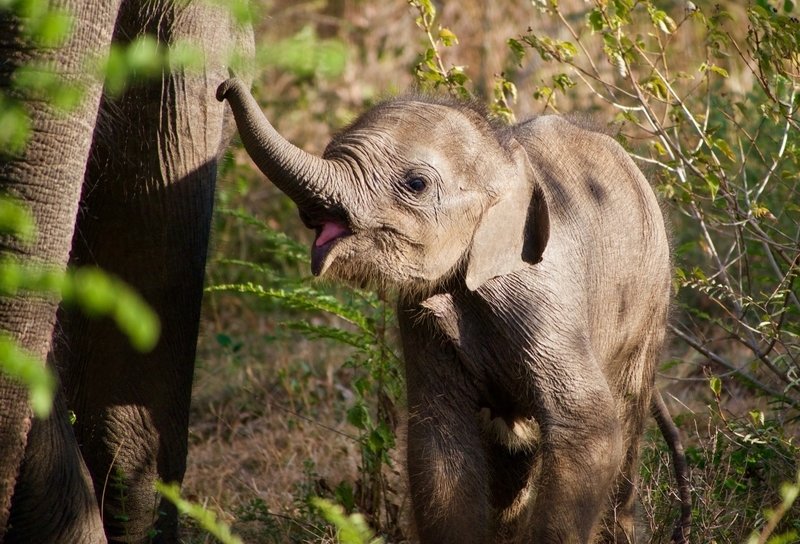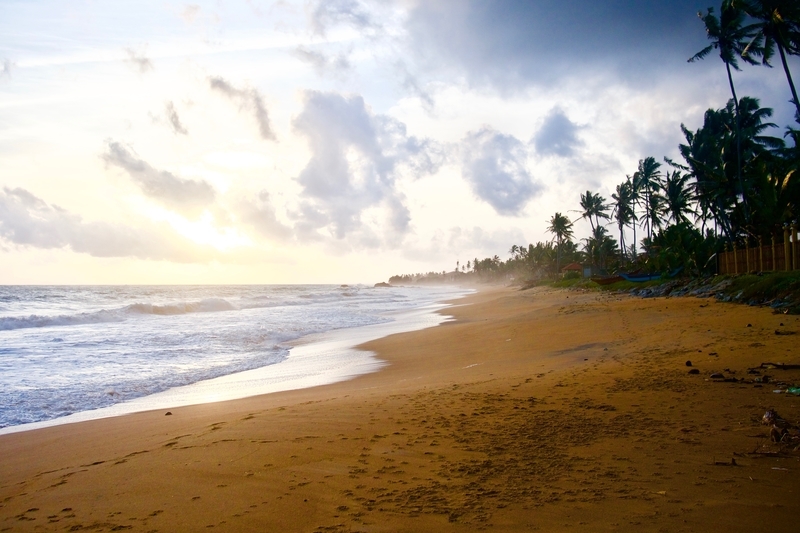
Visiting Galle Sri Lanka: A UNESCO Gem
Galle Sri Lanka is a gem. A Unesco World Heritage Site, the historic colonial city is a visual feast of twisting alleyways and crumbling mansions and seaside views.
In Galle, fortified walls encircle photogenic buildings and car-free streets. The town’s time-warped alleyways overflow with character. Its Dutch-style villas—many of which are adorned with street-facing verandas and red-tiled roofs—burst with color and charm.
THINGS TO SEE IN GALLE SRI LANKA
Architecturally, Galle feels very unique compared to other Sri Lankan cities due to its history of occupation by the Portuguese, Dutch, and British.
Galle is Sri Lanka’s fourth most populous city and the crown jewel of the island’s southern coast. The town is worth exploring for its colonial buildings, its ancient fort, its proximity to world-class beaches and its eclectic mix of cultures.
THE GALLE FORT
The labyrinthine streets within the Galle Fort are home to Dutch colonial buildings, Buddhist temples, mosques, churches, mansions and museums.
Wandering its rambling lanes you’ll pass stylish cafes, quirky boutiques and impeccably restored hotels owned by local and foreign artists, writers, photographers and designers.
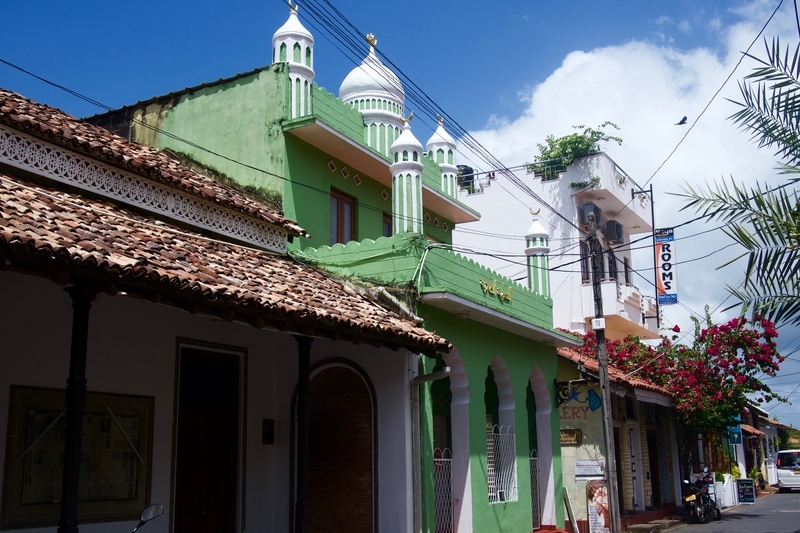
The port of Galle dates back to the time when Arab traders sailed to China in search of eastern riches. Galle was their last haven before crossing the Bay of Bengal. Perhaps one of the earliest recorded references to Galle comes from the great Arab traveler Iban Battuta, who visited the port, which he calls Qali, in the mid-14th century.
-
The Galle Fort Walls
Walking the walls of the historic fort is among the top things to do in Galle.
The Portuguese built the original walls out of earth and palisades in the 16th century. When the Dutch took control of the area, they took down the fortifications and replaced them with the coral and granite walls that you see today.
The current walls of the Galle fort date back to 1663.
-
The Galle Lighthouse
The Galle Lighthouse sits within the Galle Fort. It is strategically located at the southern end of the promontory, at Point Utrecht Bastion, giving it full view of any ships entering Galle Harbour.
-
Colonial Buildings in Galle
Galle’s crumbling colonial buildings give the seaside town a warped old-timey feel.
At first glance, I thought I might be in one of Central America’s beautifully-preserved colonial towns–San Juan in Puerto Rico, Granada in Nicaragua or Antigua in Guatemala, for example.
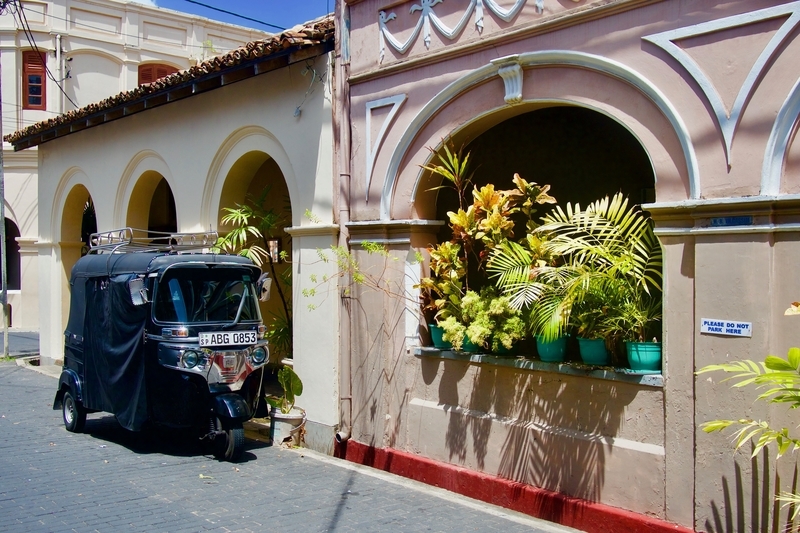
But the tuktuks weaving down cobbled streets and the smattering of mosques and Buddhist temples interspersed between shops, quickly reminded me that I was thousands of miles away.
-
Dutch Reformed Church
The present church, built at the highest point within the Galle Fort, dates back to 1682. The exterior is white with beautiful albeit simple outlines. Inside, you’ll find a stained glass mosaic window and the pulpit on the left side of the church.
-
Meeran Jummah Mosque
Commonly known as the Galle Fort Mosque, the Meeran Jummah Mosque is among the more notable buildings within Galle’s historic center.
-
Sri Sudharmalaya
The Buddhist temple of Sri Sudharmalaya sits on Rampart Street, at the heart of the Galle Fort. The temple contains a prayer hall, a small white stupa that dates as far back as 1889, and a sitting statue of the Buddha.
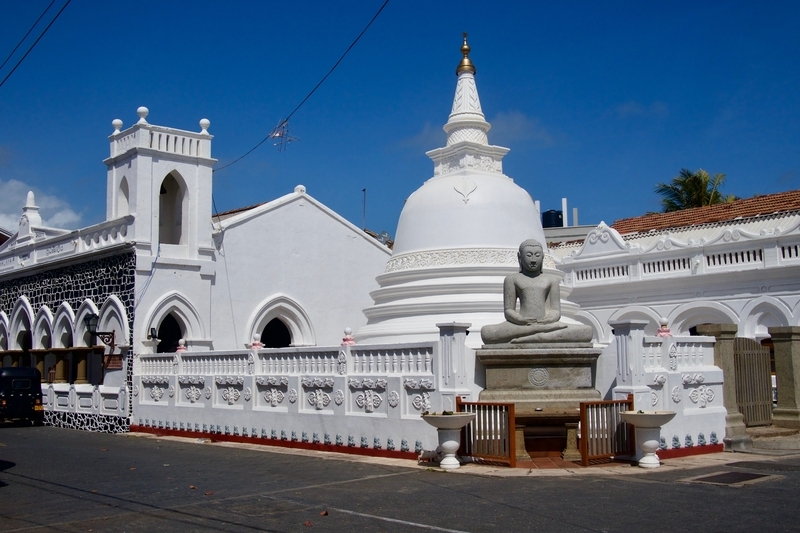
The temple blends colonial and East Asian influence.
Buddhist monks currently live and serve in the building.
-
Shops in the Galle Old Town
In addition to being known as the Spice Island, Sri Lanka is world-renowned for its precious gems. The area within the Galle Fort is one of the best shopping destinations in Sri Lanka. Filled chock a block with gem and jewelry stores, it offers a plethora of indoor places to visit on a rainy day.
While I’m not a shopper myself, I must admit that the shiny colorful stones drew me in more times than one.
BEACHES NEAR GALLE
Galle beautifully marries European architectural styles and South Asian traditions. It remains the largest fortress in Asia built by Europeans.
Yet, while Galle’s attractive streets and colorful facades are a wonderland for lovers of pretty buildings, most tourists head to the area in order to relax on one of Southern Sri Lanka’s idyllic golden beaches.
-
Unawatuna Beach
Unawatuna Beach lies just 6km away from the historic fort of Galle and is perhaps one of Sri Lanka’s most beautiful beaches. Deemed the world’s finest stretch of sand by both the Discovery Channel and the founder of Rough Guides, Unawatuna can get crowded. I was worried that throngs of people would mar our experience.
But I was surprised to see, when we reached the beach, that the infinite golden sands were virtually deserted. With fine-grained sand and turquoise water, the beach at Unawatuna was a little slice of heaven.
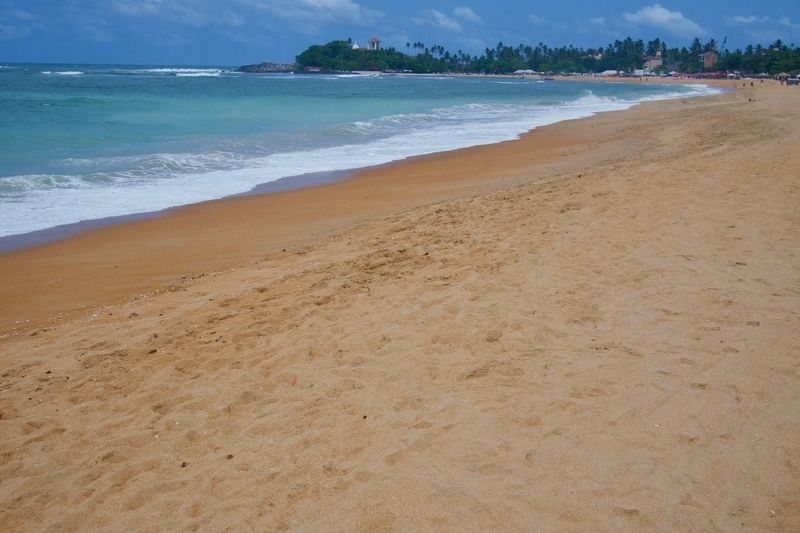
Unawatuna Beach may be the most famous beach in southern Sri Lanka, but it is by no means its only heavenly stretch of sand.
-
Jungle Beach
After a morning of lounging on the shores of Unawatuna, we trudged through the jungle to the secluded Jungle Beach. When we arrived, a large group of local kids were in the throes of a barbecue party.
I could only imagine how heavenly the jungle-backed stretch of sand would have been on a weekday afternoon.
WHERE TO STAY IN GALLE
We stayed in beachside cabanas outside of Galle during our stay in southern Sri Lanka. For the price of a cup of coffee in the United States, the small rustic huts were our little paradise. We woke up each morning to a cup of tea and Sri Lankan string hoppers, explored Galle and its surrounding beaches by day, and retired to bed each night to the sound of crashing waves.
Unfortunately, the property seems to have shut down since my visit. For a similar experience, you may consider the Rosa Shashi Cabanas.
While I loved staying along one of Sri Lanka’s windswept golden beaches, I would have also enjoyed staying within the Galle Fort for the sake of convenience. The town’s historic center has a mix of accommodation options at various price points.
On the cheaper end of the spectrum, you’ll find the Fort Thari Inn. The three star hotel boasts clean rooms and a convenient location within the Galle Fort.
As a midrange option, The Fort House seems wonderful. The boutique hotel has stylish rooms, an outdoor courtyard, and beautiful breakfasts.
If you’re looking for a more luxurious offering, the Galle Fort Hotel is a highly-rated option with clean rooms, a central location, and an outdoor pool.
BEST TIME TO VISIT GALLE SRI LANKA
Though peak season in Sri Lanka runs from December to April, the country is a year-round travel destination. Temperatures in Sri Lanka stay relatively similar year round and hover between 25 and 30 degrees Celsius in the lowlands and coastal regions (the highlands around Ella are noticeably cooler).
Between May and September, the southern and western coast of Sri Lanka tend to get quite a bit of rain. As a result, most travel guides suggest focusing summer travel itineraries on the areas in the country’s north and east.
Visiting Sri Lanka in July meant promises of clear skies and sunshine in Udawalawe and the Cultural Triangle, but potential monsoon-like conditions along the southern coast near Galle.
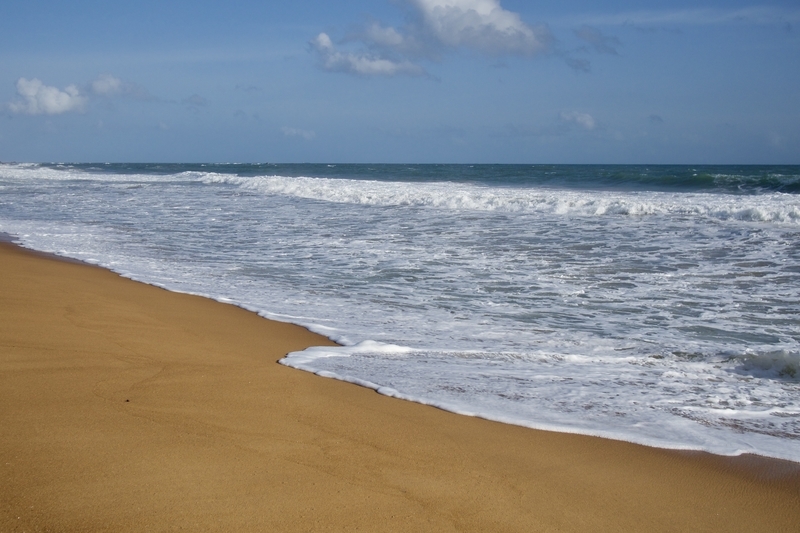
But we decided to visit the southern coast during the rainy season anyway, and had a wonderful time.
So while we did experience a few showers during our visit to Galle in the rainy season, the short bursts of inclement weather did little to dampen our experience (all puns intended).
***
Galle is likely Sri Lanka’s prettiest city.
The colonial gem is a Unesco World Heritage Site and a popular vacation getaway destination due to its charming core and nearby beaches.

